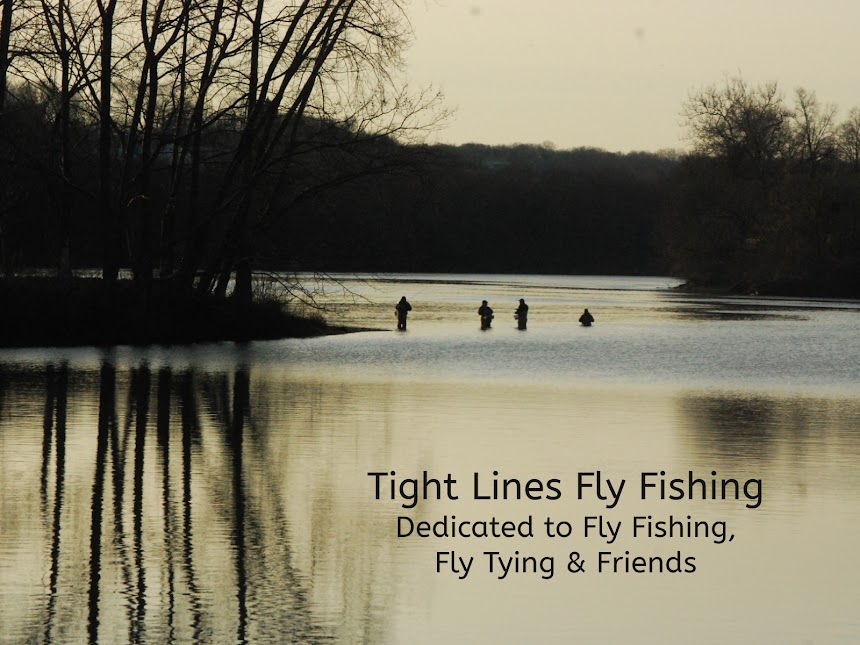Danger Baby
Hook: Tiemco 2487 Curved Scud Hook. Size #14.
Thread: Chartreuse UTC 140 Thread for tag. Black UTC 70 Thread for the remainder of fly.
Bead: 3/32” Gold Tungsten Bead.
Body/Thorax: 2-3 strands of peacock hurl inter-twined
with a tag of your tying thread.
Wing:
Golden
Brown Antron Yarn.
This
fly was developed by Theo Bakelaar. He was the originator of using gold beads in
fly tying. He was the one who brought
gold beads to America for fly tying.
This pattern has consistently produced for me. It works all year long but is extra effective
during the Green Caddis hatch on the Housatonic. It’s very easy to tie and has a minimum
amount of materials
To
tie this fly, begin by placing your bead on the hook. Start your Chartreuse thread behind the eye
and wrap down to the midway point of the bend.
That’s where you’re going to create your ‘hot spot’. Wrap back up behind the bead. Whip finish and cut off your Chartreuse
thread. Start your Black thread behind
the eye and wrap down the bend, but leave a Chartreuse ‘tag’ from your previous
wraps. Bring your thread back to the
eye. Tie 2 strands of peacock hurl
behind the eye and wrap it down to your tag.
Where your Chartreuse tag ends, create a loop with your thread. Cut the thread loop to form a single
strand. Twist your peacock strands and thread together to create a rope. Bring your thread up the body so that it
extends to just beyond the hook point.
Your leaving room for what is usually known as the ‘thorax’ of the
fly. Wrap your peacock rope forward and
tie it off. Don’t cut the peacock rope,
just tie it off and leave it so that it extends beyond the bead. Next, tie in your Antron wing. The tag end faces towards the back of the
fly, the rest will also extend beyond the bead.
Cut off your tag end and take the remaining end of antron and bring it
back to create a wing. Tie it in
place. Now take your remaining peacock
rope and wrap the head/thorax in front of the wing. Tie it off behind the bead with whip
finishes. Apply a drop of head cement
and you’re done.
Tightlinesvideo
has a great instructional video on this pattern below:
If
you have any questions about this fly or would like to submit a Fly of the
Month I can be reached at 203 305-3850 or at pdinice@frontier.com .


